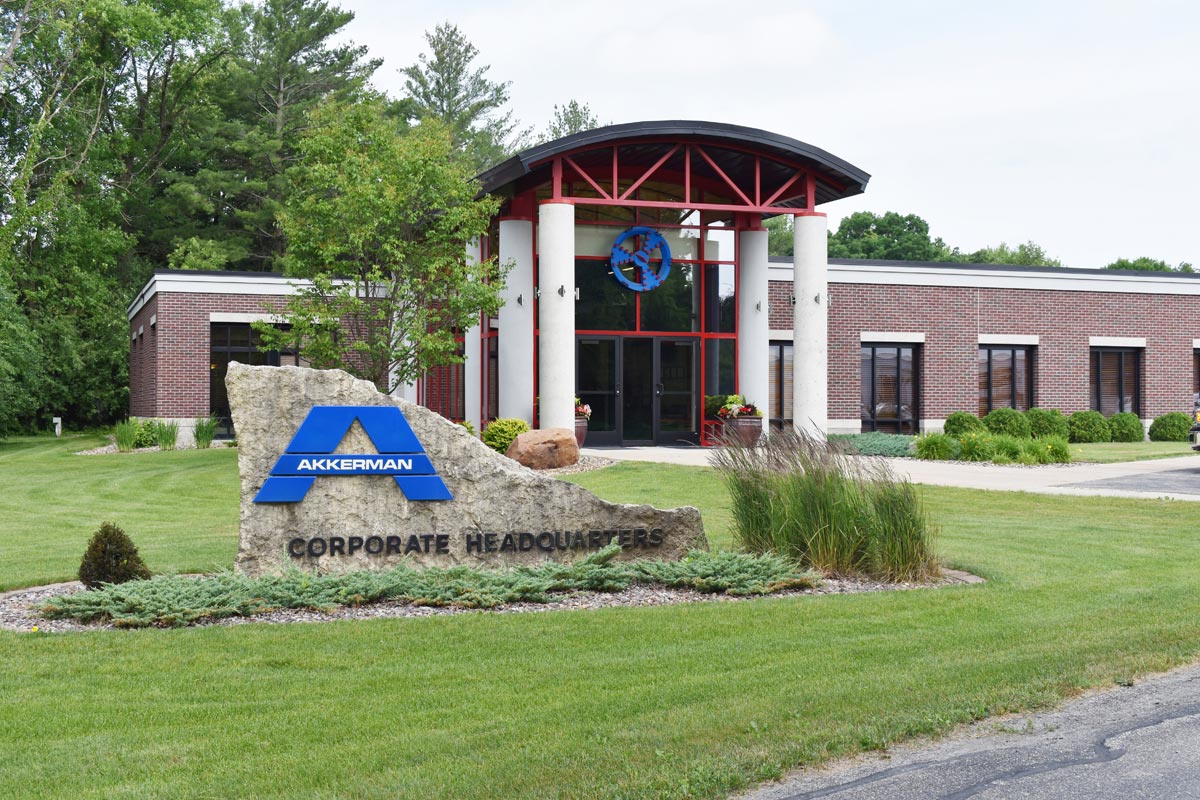
How to Mark Utilities with GPR or a Pipe and Cable Locator
Traditional utility marking activity involves a utility locate technician placing the appropriate APWA color code paint on the ground in some form whether paint, flags, or otherwise. Detection of utilities with Ground Penetrating Radar (GPR) and Pipe and Cable Locators (PCL) coupled with GPS receivers is gaining in popularity as GPS technology evolves. A major advantage of the electronic record can provide secure documentation versus paint or flags that may be removed or destroyed prior to excavation.
GPR systems such as the ImpulseRadar PinPointR incorporate seamless GPS integration including built-in Wide Area Augmentation system (WAAS) and Satellite Based Augmentation System (SBAS) correction services. These services are free of charge. In the US WAAS is the standard and was implemented nationwide for precision aircraft approaches at airports during inclement weather. An ancillary benefit of this network is the use of this increased accuracy outside of aviation. Accuracy of the GPS with WAAS is not sufficient for survey grade mapping but results with WAAS can obtain locate accuracy less than 3m. This accuracy is perfect for an electronic field sketch.
Real Time Kinematic (RTK) GPS uses either a base station or NTRIP network. Both essentially rebroadcast corrections to the GPS receiver on the GPR system or any other receiver connected to the network. Sub-centimeter accuracy or better is achieved while using RTK systems. RTK GPS can be connected to the PinPointR GPR or a PCL seamlessly.
Mobile devices and their capacity to upload maps and other information have revolutionized access to information in the field for virtually all stakeholders from engineering to onsite trenchless or other contractor. GPR marks can easily be exported or uploaded in real time to apps like Esri Mobile Field Maps. Field Maps can display any GPR marks on the project site as well as display other data such as previous CAD or GIS drawings. Coupling your mobile device to an RTK GPS system allows field personnel to walk the site to a feature within a centimeter or less.
The ability to visualize the location of a buried utility or other feature is now literally in the palm of all on-site personnel at any jobsite. These tools are rapidly becoming the standard and are game changers in terms of jobsite data longevity and efficiency.
Matthew Wolf, ImpulseRadar




